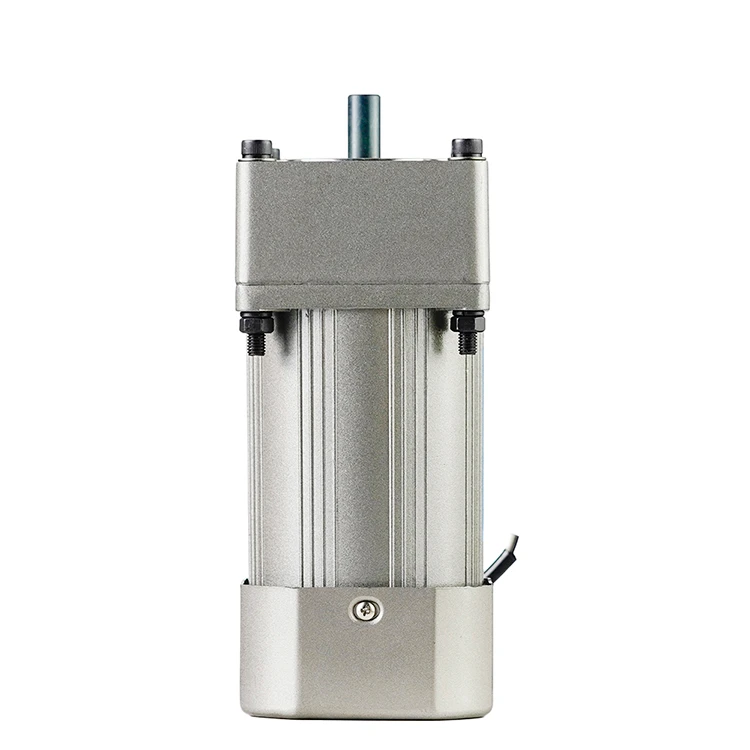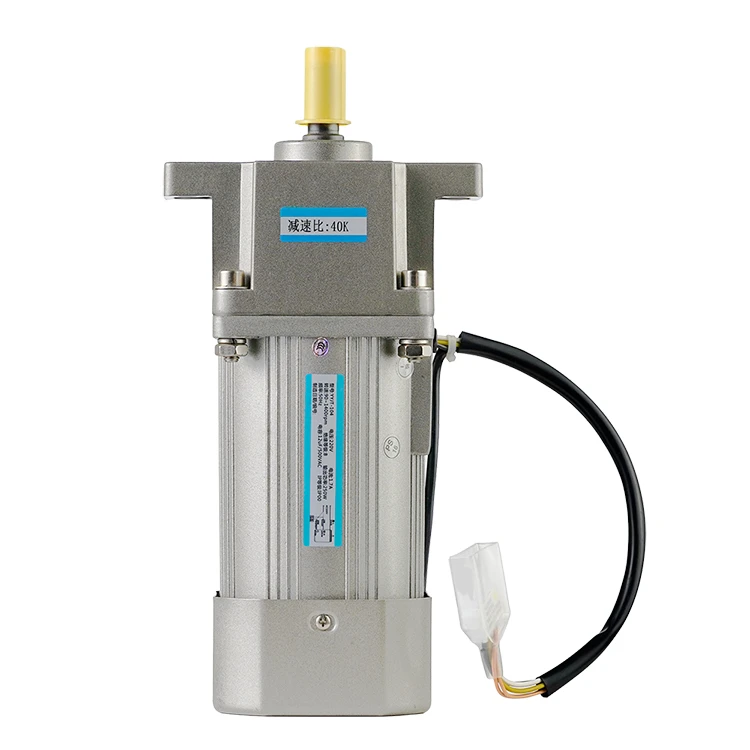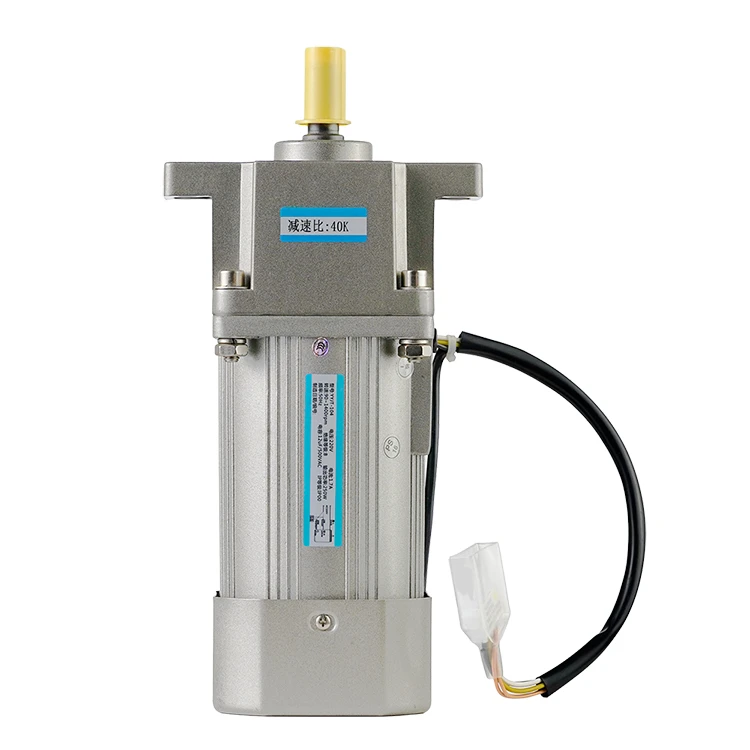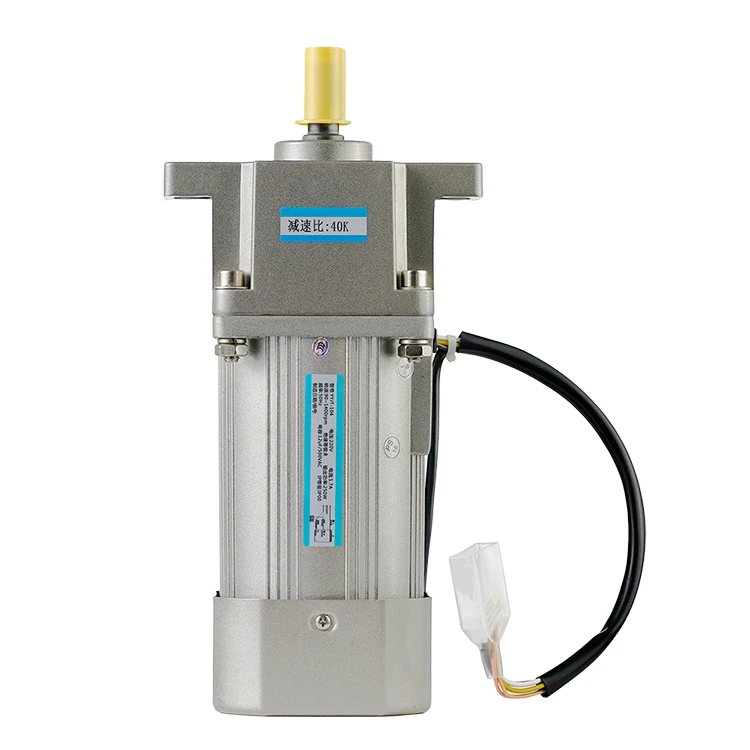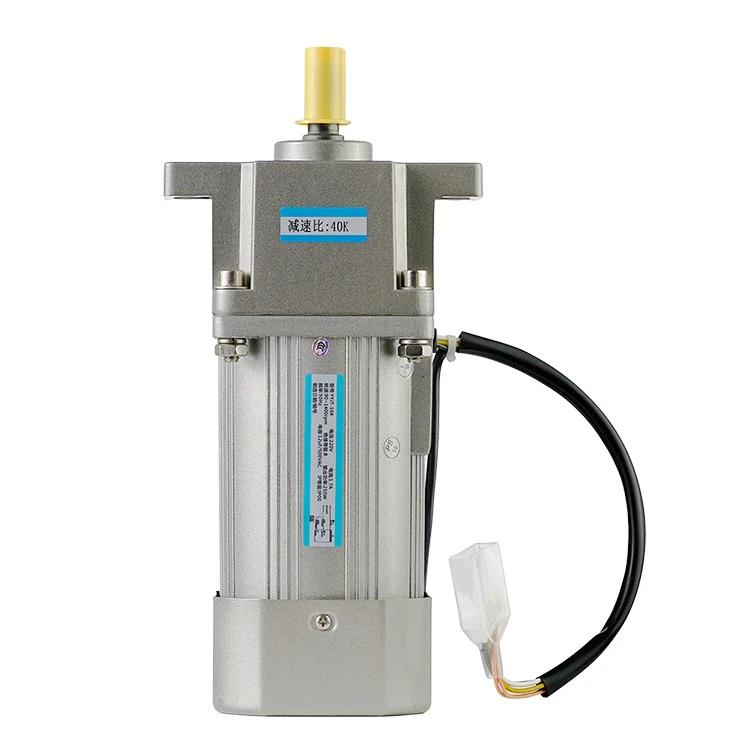How to Choose the Right Servo Motor?
2024-11-04 17:29:08
In modern industrial automation, servo motors are essential driving components utilized across a wide range of machinery and automated systems. Selecting the right servo motor is crucial, as it can significantly improve both performance and efficiency while minimizing failure rates and maintenance costs. This article aims to provide insights into the selection process for servo motors, enabling you to make informed choices tailored to your specific applications.
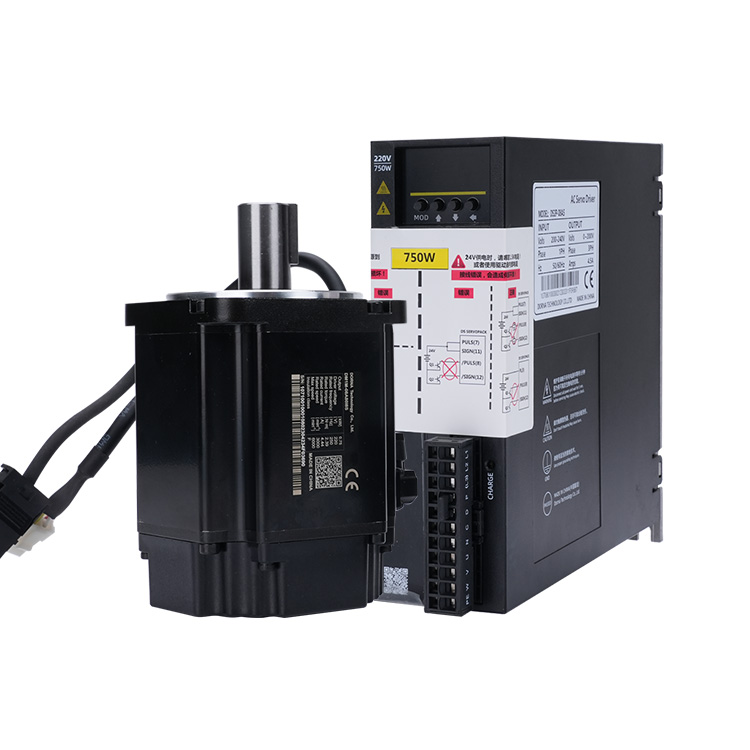
1.Define Application Requirements
The first step in selecting a servo motor is to clarify its application requirements. This includes several aspects:
♦Motion Conditions:
Consider the motion conditions of the load mechanism, such as acceleration and deceleration requirements, motion speed, weight of the mechanism, and mode of movement. These factors directly influence motor selection.
♦Motion Conditions:
Calculate the load torque and load inertia to ensure that the motor can meet these requirements. The calculation of load torque typically involves factors such as friction and cutting forces.
2.Power and Torque
Power and torque are critical parameters when selecting a servo motor:
♦Power Calculation:
Calculate the required power based on the working load, typically using the formula P=T⋅N/9549 , where P is power (in kilowatts), T is torque (in Newton-meters), and N is speed (in revolutions per minute). Ensure that the selected motor's power exceeds this calculated value to accommodate fluctuations during actual operation.
♦Torque Matching:
The rated torque of the motor must be greater than the sum of the acceleration torque and load torque to ensure that the motor does not overload during operation.
3.Inertia Matching
Inertia matching is essential for ensuring system stability and response speed:
♦Inertia Ratio:
Ensure that the rotor inertia of the motor matches the load inertia. It is generally recommended that the rotor inertia of the motor be greater than one-third of the load inertia. Mismatches can lead to decreased control accuracy and slower response times.
4.Control Precision and Response Time
Servo motors typically use closed-loop control, which offers higher precision compared to stepper motors. When selecting a motor, consider the following two aspects:
♦Precision Requirements:
Evaluate whether the control precision of the motor meets application needs based on specific scenarios. For high-precision positioning, choose servo motors with high-resolution encoders.
♦Response Time:
Select motors with small time constants and fast response capabilities to accommodate frequent starts and stops.
5.Power Supply Type
Different types of servo motors are suitable for different power supply conditions:
♦Power Supply Selection:
Choose an appropriate AC or DC servo motor based on the type of power supply provided by your equipment (e.g., 380V or 220V). Mobile devices may require DC servo motors to suit their built-in power sources.
6.Other Considerations
When selecting a servo motor, consider additional factors:
♦Brake Functionality:
If there is a tendency for reverse movement when the system is powered off or at rest, choose a servo motor with a brake function to prevent unintended motion.
♦Brand and Quality:
There are many brands of servo motors on the market; it is advisable to choose well-known brands to ensure product quality and after-sales service. European and American brands often offer superior performance, but Japanese and domestic brands can also provide good options.
Conclusion
By comprehensively considering these factors, you can reasonably select a servo motor suitable for specific application scenarios, ensuring stable performance that meets production needs. During the actual selection process, consulting professionals or suppliers for more detailed information and advice can be beneficial. This approach not only enhances equipment efficiency but also brings greater flexibility and reliability to your production processes.
See What Lunyee Can Do For You
Contact Us
- 8619149417743
- +86-0371-5562 0274
- [email protected]
- Zhengzhou, Henan Province, China
- Mon-Fri: 9:00 - 18:00
